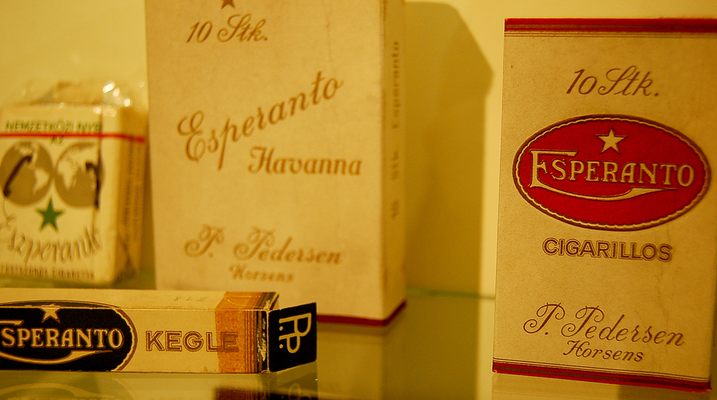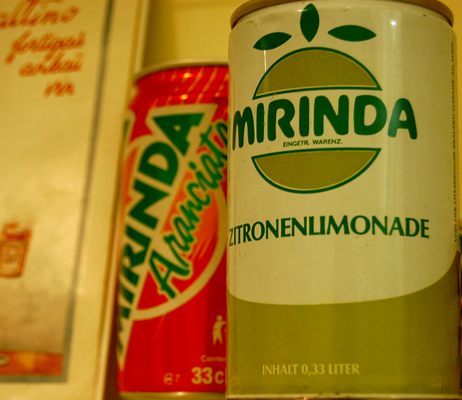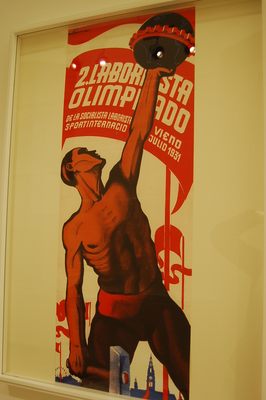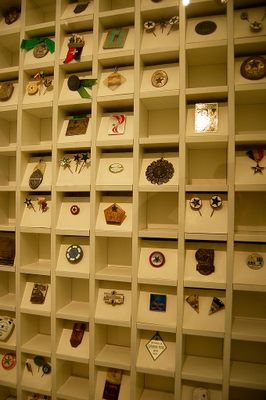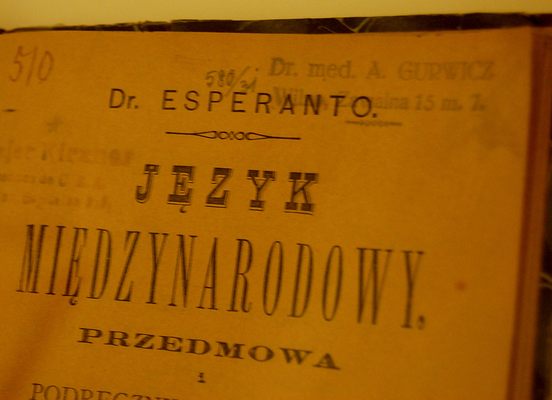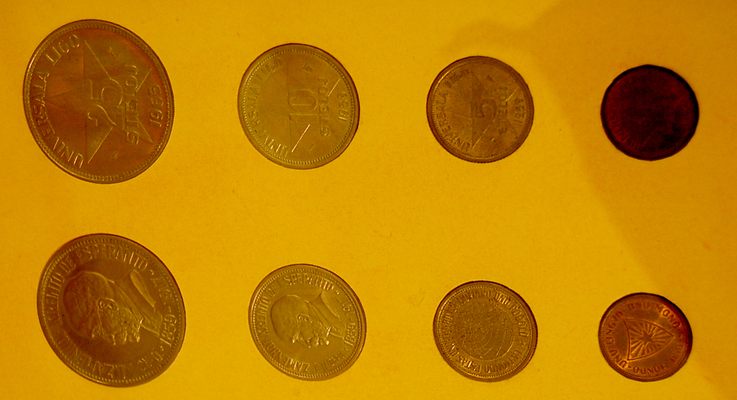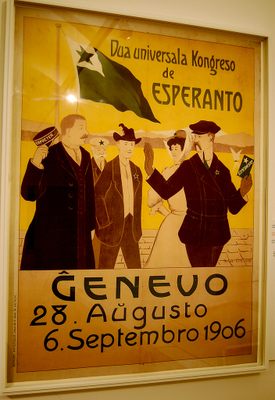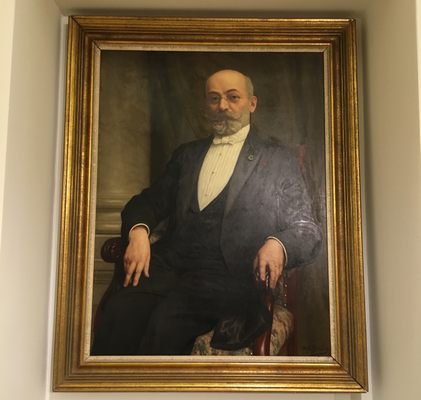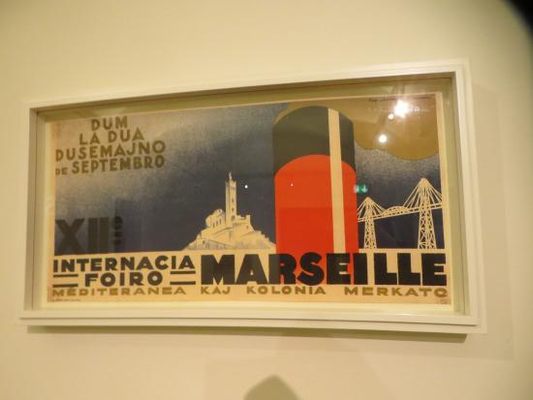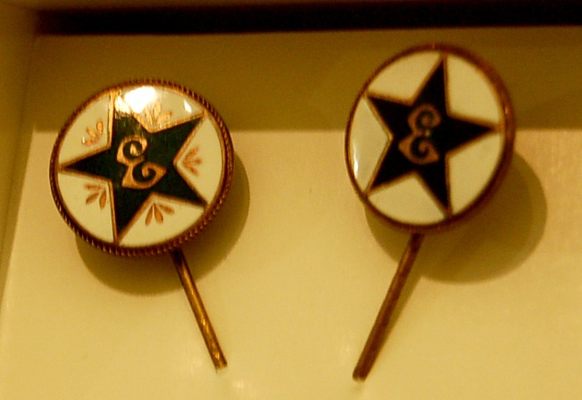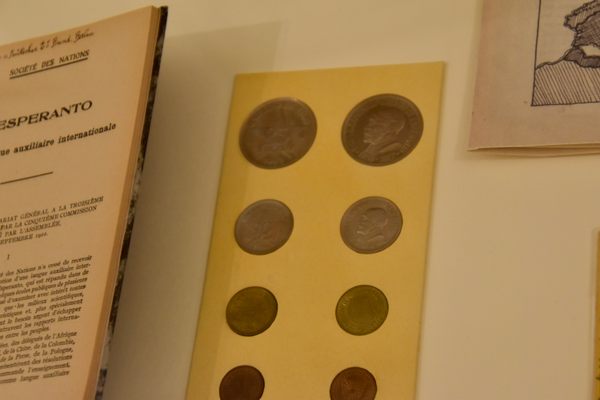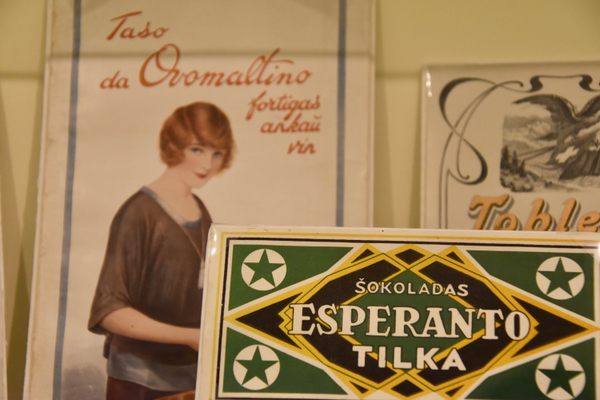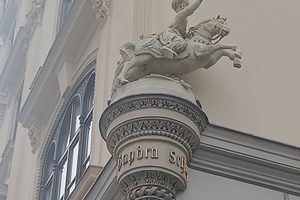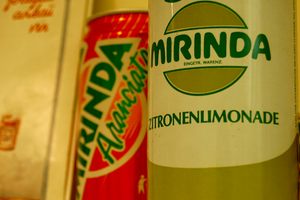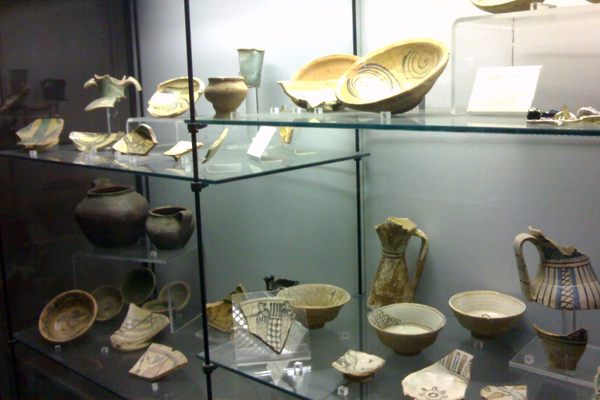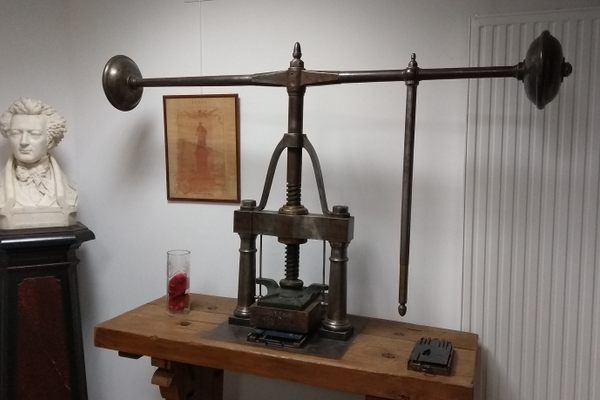About
Esperanto, often represented by a green star, was invented in the 1870s by optometrist L.L. Zamenhof. Since Zamenhof was a speaker of Russian, Yiddish, German, Belarusian, and Polish, it seems reasonable that he would have been interested in creating a universal language, if for no other reason than personal satisfaction.
In 1887, Zamenhof published “Lingvo internacia. Antaŭparolo kaj plena lernolibro” (International Language. Foreword And Complete Textbook), under the pseudonym “Doktoro Esperanto”, or Doctor Hopeful. Zamenhof was hopeful that Esperanto might serve as a universal language that would unite the world and encourage peace. He would be deeply disappointed.
Never officially adopted by a country (except the short-lived micronation Republic of Rose Island), Esperanto faced many fierce opponents. Hitler declared in Mein Kampf that Esperanto was a language that would be used to unite the world’s Jews. All of Zamenhof’s children and many other Esperantists were killed in the Holocaust. The pre-war Japanese government declared that Esperantists were like watermelons, “green on the outside, red on the inside.” Similarly, Stalin denounced Esperanto as a “language of spies.” Naturally, so did Joseph McCarthy. This is not to say it failed entirely: a few people did learn to speak Esperanto, and the fact that men like Hitler and Stalin even bothered to address it is a testament to its influence.
George Soros is a native speaker of Esperanto. William Shatner famously learned Esperanto for the all-Esperanto horror movie, "Incubus" (Shatner apparently spoke it with a heavy French-Canadian accent). Yugoslavian dictator Josip Broz Tito was an amateur Esperantist, and Popes John Paul II and Benedict XVI have been known to give blessings in Esperanto. Jules Verne ("20,000 Leagues Under the Sea"), Leo Tolstoy ("War and Peace"), and J.R.R. Tolkein ("Lord of the Rings") were all speakers, learners, and enthusiasts of the language as well. Esperanto has even been to space with Hungarian cosmonaut and Esperantist Bertalan Farkas, as well as with the drawings of young Esperantist Petr Ginz.
The museum carries on this tradition and contains an impressive array of Esperanto objects, from Esperanto sodas to Esperanto cigarettes to Esperanto toothpaste. It also has a map of those who hold the Pasporta Servo, illustrating a system through which Esperanto speakers can travel the world and stay free of charge with other Esperanto speakers.
Related Tags
Know Before You Go
Admission to the Esperanto Museum also includes admission to the Globe Museum, the world's largest collection of globes, on the upper level of the building.
Community Contributors
Added By
Published
November 3, 2009
